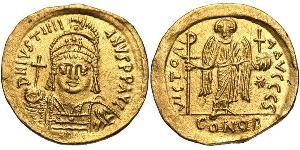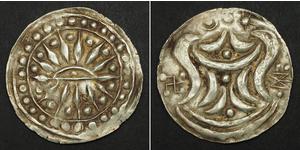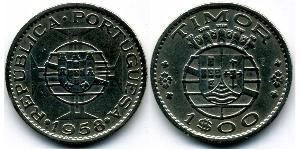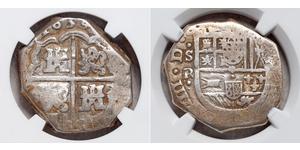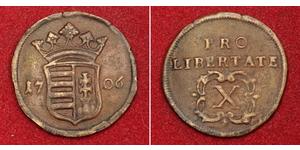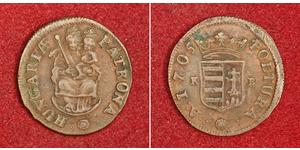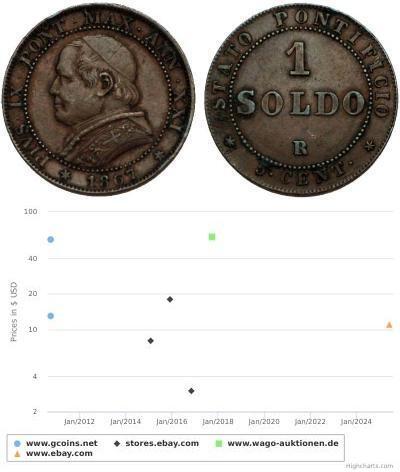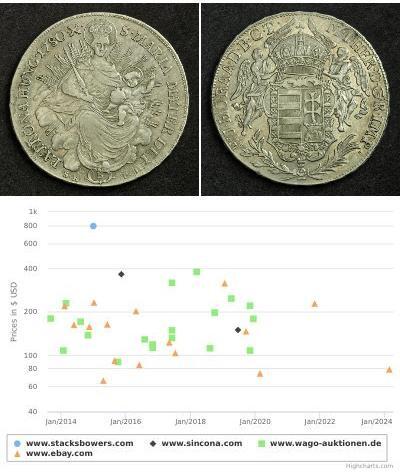(продана за $48.0)
1200, Schwaebisch Hall (Germany). Medieval Silver Hand Heller Coin. VF
Condition: VF
Mint Period: ca. 1200 AD
Mint Place: Hall (Swabia, Germany)
Denomination: Hand Heller (Händelheller)
References: V.Saurma-Jeltsch 1365, type 608 [Pl.XX] var.
Diameter: 17mm
Material: Silver
Weight: 0.5gm
Obverse: Blessing hand within inner circle. Pseudo-legend around.
Reverse: Cross pattee with pellets inside split ends. All within inner circle. Pseudo-legend around.
The heller (or haller) was a German coin valued at half a pfennig named after city of Hall (today Schwaebisch Hall). The coin was produced beginning in the 13th century as silver pfennig (Haeller Pfennig).
Schwaebisch Hall (or Hall for short) is a town in the German state of Baden-Württemberg; it is the capital of the district of Schwaebisch Hall. The town is located in the valley of the river Kocher in the north-eastern part of Baden-Württemberg.
Salt was distilled by the Celts at the site of Hall as early as the fifth century. The first time it was mentioned in a treaty was in 1156, connection with the establishment of St. Michael's Church in Hall. The village probably belonged first to the Counts of Comburg-Rothenburg and went from them to the Imperial house of Hohenstaufen (ca 1116). It was probably Emperor Frederick I Barbarossa who founded the imperial mint and started the coining of the so-called Heller. Hall flourished through the production of salt and coins. Since 1204 it has been called a town.
After the fall of the house of Hohenstaufen, Hall defended itself successfully against the claims of a noble family in the neighbourhood (the Schenken von Limpurg). The conflict was finally settled in 1280 by King Rudolph I of Habsburg; this allowed the undisturbed development into an Free Imperial City (Reichsstadt) of the Holy Roman Empire. Emperor Louis IV the Bavarian granted a constitution that settled internal conflicts (Erste Zwietracht) in 1340. After this, the city was governed by the inner council (Innerer Rat) which was composed by twelve noblemen, six "middle burghers" and eight craftsmen. The head of the council was the Staettmeister (mayor).

|
Добавив:
anonymous 2014-02-25 |







